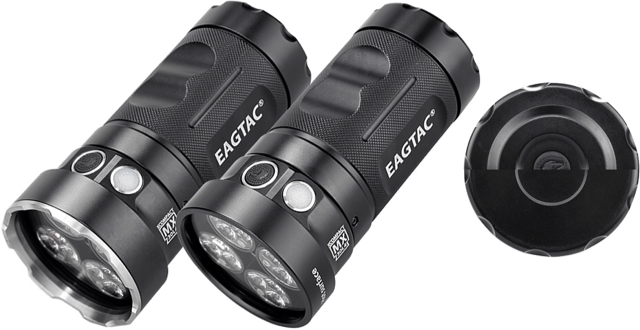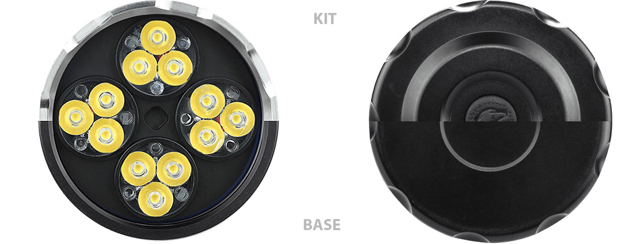What are some good photography flashlights?
Use cases
- light up a background
- light painting
- fill light
- key light
- rim light
- color gel over flashlight head
I'm a pro hobby photographer (just made that up).
What camera are you using?
I say that as certain brands tend to have algarithms that bias certain directions. Some brands have models that tend to bias different than other models.
I kinda got away from photography after reading a book by a fellow who travelled to all 50 states in the US leaving all of his camera gear at home.
He took an LG envy with him and let it do what it did without any tailoring of settings. As time passed he learned to predict the cameras good and bad. He arrived home with some pretty cool photos.
Basically ever since my 'good'
cameras get used occasionally for a portrait here n there or a macro. I carry a wide angle Canon p&s and an iphone now.
But prior to that I used 'gray' cards against a few different backgrounds to get a sense of what my Nikons biased towards and found that diffusers over radio controlled flashes did what I needed.
I tweaked the camera internally (deep into the settings menu) to add a pinch of green with one and remove a dash of red with another. That resulted in what I saw on the screen matching pretty close to what I saw in real life.
Flashlights are now used to light what's in the bag to find batteries or perhaps briefly to determine where the flash for fill light could be tailored.
The idea of using the flashlight to complete the lighting required is not a new thing. But with todays tint 'flavors' it opens up a lot of possibilities.
But first you should know what your camera "lacks" in a faithful reproduction of the real world.
Second is to understand any lighting in the scene. Artificial background lighting changes everything. Even just a little light. Say you are in your backyard at night but the lights of a streetlight, or light pollution from a shopping mall, although hardly noticed can change things dramatically vs moon light, or complete darkness.
Once you understand the camera and how it reacts to the world around it... then a nice neutral white beam will be what provides the best additional light.
All these fancy new LED emitters with all their biases will trick your camera into things you may have to edit out later. That's why diffused flashes are so popular. They do not add or subtract from the color rendition your camera is trying to mimic versus what the world "really" looks like.
But for curiosity sake, to get a sense of what your camera will produce the closest thing to pure white light from a flooder light would be the most predictable. One with infinite (or at least 5) brightness levels will let you dial intensity up or down like an adjustable flash.
Here's a neat little trick to provide a wee bit of good ole sunshine warmth to your artificial lighting.

A Fuji film case over the emitter of a flashlight shown for effect.
Slide one over a flash, it diffuses everything and adds a tiny bit of warmth causing colors to "pop" like sunshine does. It sounds crazy but it works.
Many electronics come with a white film over it. That works too. Also in a pinch a white plastic grocery bag.
Wanna add some nifty artifacts to the light, place bubble wrap over the lens. The smaller the bubbles, the better.
Want to spot? Make a 'snoot' of some sort. A round tube placed over which ever lighting device you use.
But in a few words, well diffused, pure white with ample adjustability will provide the most predictable results.










